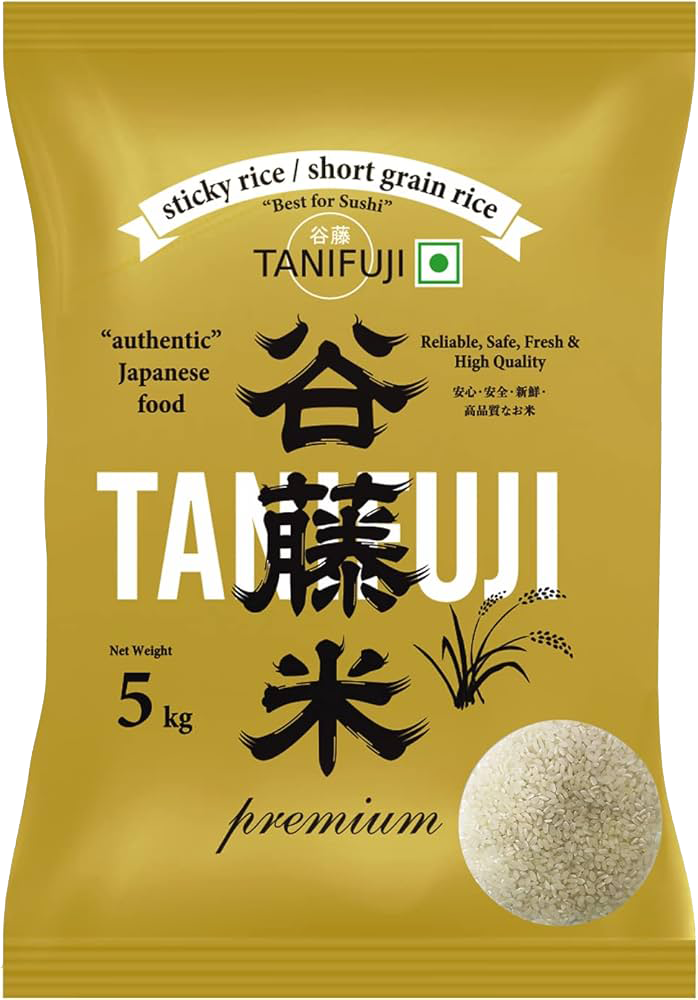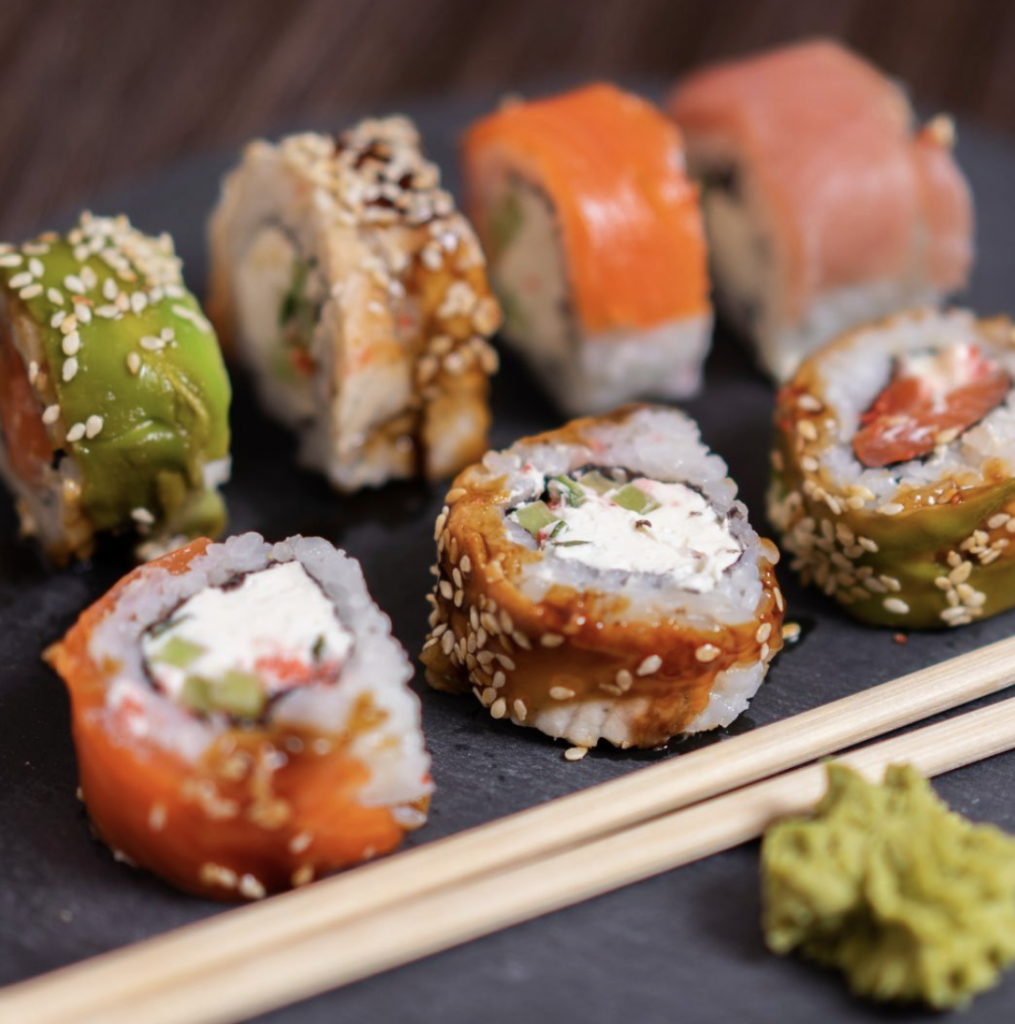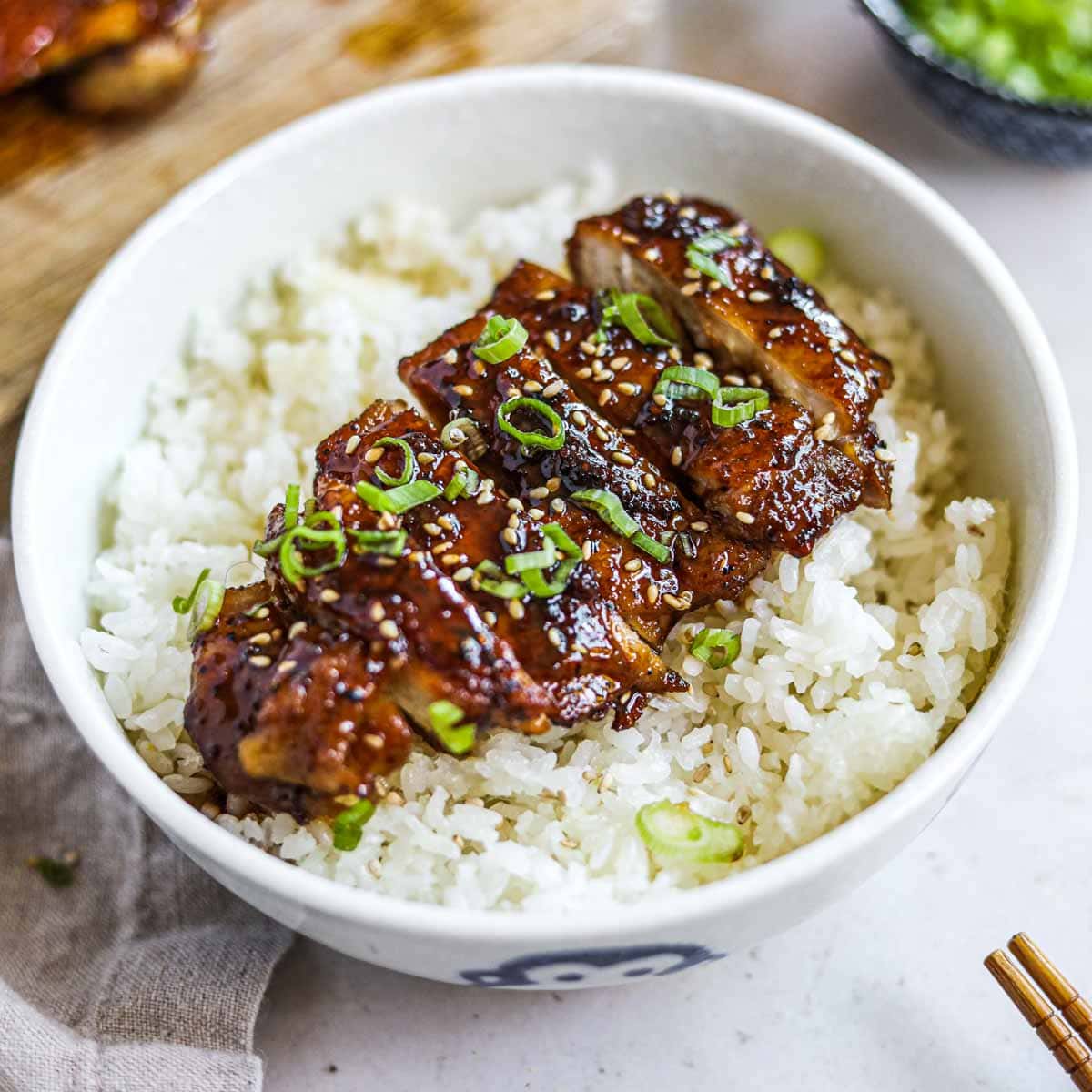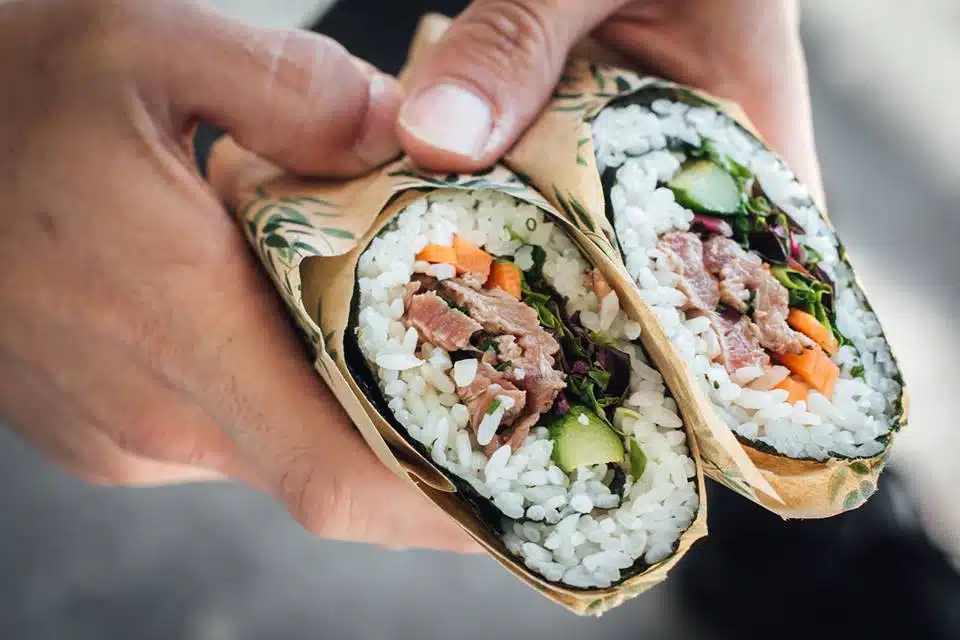ASK, a rice Manufacturing Company representing Yamagata, has launched ASUKU INDIA as a local subsidiary in India to improve the environment around and production efficiency of Indian farmers, as well as to propagate wonderful Japanese food culture.
Rice is the center of agriculture as well as the center of Japanese food. As it is eaten every day, it is essential to be safe and reliable. The project has started to contribute to Indian agriculture by utilizing the know-how gained from many years of research and development by research specialists.
After selecting the suitable land in terms of climate and soil conditions required for Japanese variety rice, and conducting a cultivation test, executed an agreement with a farmer in Kaithal towards full-scale cultivation. The cultivated rice is sold in India under ASUKU INDIA'S official license for importing and sale of seed rice.
Our sushi rice brand name is Tanifuji. Sushi rice, known as shari (しゃり) in Japanese, is one of the most iconic ingredients in Japanese cuisine, forming the base of many classic dishes like sushi, nigiri, and chirashi. Unlike standard rice, sushi rice has a unique preparation process and flavor profile due to its seasoning with a mixture of vinegar, sugar, and salt. Sushi rice not only plays an important culinary role but also carries cultural significance in Japan. Below, we explore its production process, various uses, health benefits, and more.







